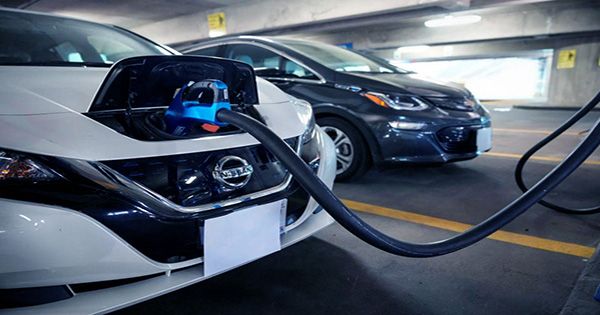A thermal energy battery is a physical structure that stores and releases thermal energy. It is a technology that stores and releases thermal energy for later use. It is also known as a thermal storage system. A thermal battery (also known as a TBat) allows energy to be temporarily stored and then released at a later time. A thermal energy battery stores heat energy in the same way that a regular battery does. This stored heat can then be used for a variety of purposes, including heating buildings, generating electricity, and even providing thermal energy to industrial processes.
The fundamental principles of a thermal battery occur at the atomic level of matter, with energy being added to or taken from either a solid mass or a liquid volume, causing the temperature of the substance to change. There are different types of thermal energy storage systems, each with its own mechanisms for storing and releasing heat energy:
- Sensible Heat Storage: This type of storage involves changing the temperature of a material while keeping its state (solid, liquid, or gas) constant. Water, rocks, and certain types of salts are common materials used for sensible heat storage. Water heaters and hot water tanks are simple examples of sensible heat storage.
- Latent Heat Storage: Heat is stored in this method by changing the phase of a material, typically from solid to liquid or liquid to gas. When a material goes through this phase change, it absorbs or releases a significant amount of energy as latent heat. For this purpose, phase change materials (PCMs) such as paraffin wax or certain salts are frequently used.
- Thermochemical Storage: Thermochemical storage involves storing and releasing heat through chemical reactions. The process is divided into two stages: endothermic (absorbing heat to store it) and exothermic (releasing heat when needed). When compared to sensible or latent heat storage, thermochemical systems can have higher energy storage densities.
Some thermal batteries also involve thermally transitioning a substance through a phase transition, which causes even more energy to be stored and released due to the delta enthalpy of fusion or delta enthalpy of vaporization.
Thermal energy batteries can offer several advantages, such as:
- Flexibility: They can store energy for longer durations, making them suitable for time-shifted energy consumption or meeting peak demand periods.
- Efficiency: They can help manage the supply-demand gap in energy systems, improving overall energy efficiency.
- Reduced Environmental Impact: By storing excess thermal energy and using it during peak times, reliance on fossil fuels for heating or power generation can be reduced, leading to lower greenhouse gas emissions.
Thermal energy storage has applications in various industries, including residential, commercial, and industrial sectors, as well as in renewable energy systems where intermittent sources like solar and wind power can be integrated more effectively with continuous energy demand.
















